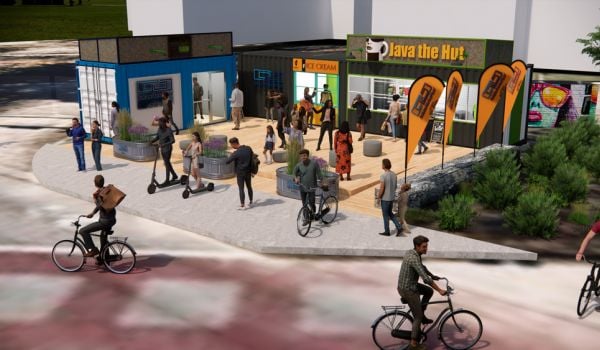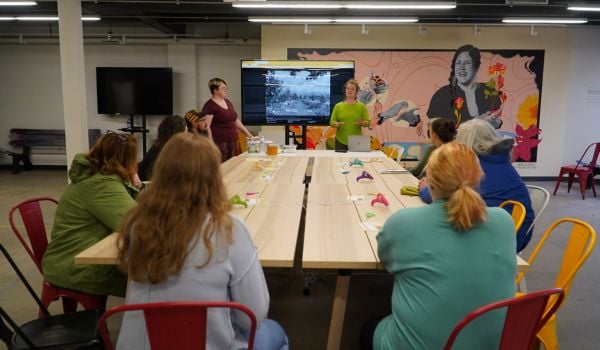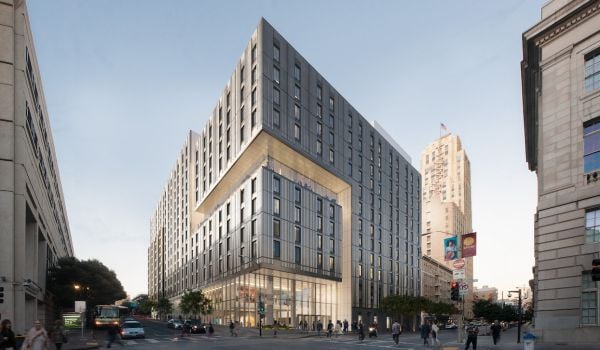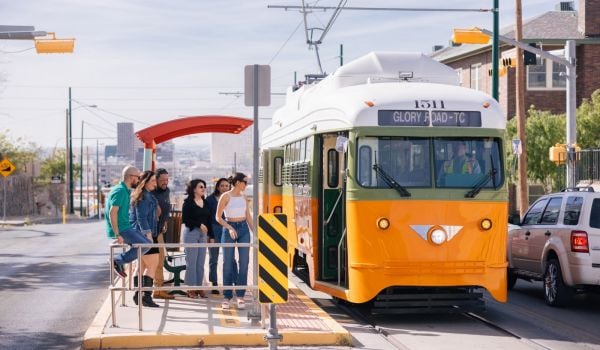Municipal leaders wear a lot of hats, but chief among them is ensuring a vibrant, robust and economically-sound downtown. As any policymaker or elected official knows, that’s much easier said than done. There are countless obstacles to maintaining or revitalizing a city’s downtown, from economic challenges like budget shortfalls to community challenges like lack of consensus.
While there is no universal blueprint or shortcut for maximizing the potential of a municipality’s downtown, there is a growing trend that can help leaders achieve this more effectively — adaptive reuse.
Adaptive reuse is the process of reusing existing buildings and other infrastructure to reimagine an area, rather than knocking down structures and building entirely new ones. When done right, adaptive reuse can save money, fuel vital city centers, discourage urban sprawl, and help retain a city’s signature character and history.
Several municipalities of different sizes across the U.S. have been embracing adaptive reuse in recent years, including major cities like Washington, D.C., Philadelphia and Chicago. A look at the efforts of leaders in these and other cities to implement this approach shows how to unlock more prosperous, bustling downtowns at a pivotal moment for our cities.
Oftentimes, the biggest hurdle to revitalizing a city’s downtown is an economic one — the budget just can’t cover the cost, and no state grants are available. Adaptive reuse helps circumvent this problem by essentially recycling old infrastructure — out of use buildings, railways or bridges. Costs drop dramatically when you eliminate demolition and building anew from square one.
Indeed, sometimes these projects literally turn liabilities into assets, like converting an unused factory into an arts center or shopping hub. Just look at Nashville’s Fifth + Broadway, one of the city’s largest-ever mixed-use developments, which repurposed the former convention center. By working with the existing environment, the city and developers created a destination featuring shops, restaurants, office space, and residential space that is a powerful economic engine.
Adaptive reuse projects aren’t just about saving money. They’re also about strengthening community. With the right approach, these projects can significantly impact housing creation, helping address dire housing shortages. They also preserve and honor a city’s history and heritage.
We can see a powerful example of this in the Destination Crenshaw project in South Los Angeles, which reimagined a 1.3 mile stretch as a monument to local Black arts and culture. The project was born out of opposition to an above-ground railway that eliminated several local businesses and greenery — and so Destination Crenshaw adapted. A similar sentiment drove the development of the Tate, Etienne, Prevost (TEP) Center in New Orleans, which restored the former site of McDonogh 19 Elementary and the first school to be desegregated in New Orleans on November 14, 1960.
The principles of adaptive reuse help address a number of pressing issues confronting most American cities today. Many cities are falling short of their state housing production number requirements; adaptive reuse allows those cities to transform vacant buildings into housing. And as the climate crisis continues, adaptive reuse can offset the negative carbon impact associated with new construction. Indeed, significantly fewer materials, and far less energy, are used in adaptive reuse initiatives versus brand-new developments.
Adaptive reuse can even spark much-needed entrepreneurship in a sluggish economy when vacant buildings can be transformed into cost-effective innovation hubs for start-up businesses. Consider the Stony Island Arts Bank in Chicago, a once-dilapidated bank adapted into a hybrid arts gallery, media archive, library and community center. The project avoided costly and energy-intensive demolition – and is helping fuel an arts renaissance in the Windy City.
Of course, it’s prudent to be clear-eyed and realistic about adaptive reuse projects. Like any major municipal undertaking, these initiatives have their own barriers and obstacles. Cities may sometimes encounter lengthy timelines for adaptive reuse development projects to gain all the necessary approvals, for instance. Meanwhile, while adaptive reuse is still more economically sound then entirely new developments, the cost of construction and renovation continues to rise. There can be zoning barriers at play, too.
These hurdles shouldn’t dissuade municipal leaders, however. They should simply encourage them to enter the process fully informed and prepared. Those who want to pursue adaptive reuse projects should have a good handle on city code and which buildings do and don’t meet it. Leaders should also have the sense of if there are potentially hazardous materials at play, and how to best mitigate them.
As municipalities plan developments for 2023 and beyond, adaptive reuse has many appealing benefits to consider. The growing list of success stories across the United States shows that it’s a sound approach for activating your downtown while also honoring the community, saving money and protecting the environment.
Melissa Lee, CNU-A is a principal at Public Works Partners, LLC, a WBE/DBE/SBE certified planning and consulting firm specializing in multi-stakeholder initiatives and building strong connections across the government, nonprofit and private sectors.














